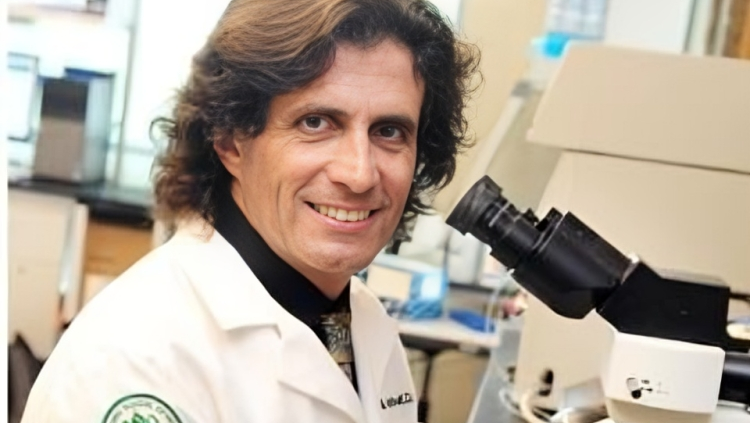
Michele Carbone: The NIH cut the indirect costs to 15%
Michele Carbone, Director of Thoracic Oncology Program at the University of Hawaii Cancer Center, recently shared on LinkedIn:
“The NIH cut the indirect costs to 15%. And now what?
Well let us hope they transfer the money (almost 7 billion dollars that NIH saved) to the direct costs we receive to do research. This would turn an apparent problem in a significant improvement! And, if our grants are bigger, the Institutions will recover some of the money they lost from the decreased percentage of the indirect costs.
For a long time our grants have been way inadequate to pay for the cost of research. It is since about the year 2000 that the size of a NIH R01 has remained at 250K/year: now its buying power is probably less than 50% it was 25 years ago, while the cost of doing research has increased by a lot.
For example, in 2000 I could apply for a grant showing as preliminary data immunohistochemistry (at a cost of $8/slide), today I need to show Spatial Transcriptomics at the cost of $20,000/slide! In other words, presently, NIH grants alone cannot pay for the costs of running a lab that tries to be at the forefront of medical research.
Also, and frankly, the Universities have used the indirect cost to create a bureaucracy that serves only itself and that complicates our lives! Every day new rules, new -useless- training courses, there is no end to the excuses they can come up to justify the salary of one more administrator. Last time I submitted a grant it was stopped because I had not taken the course on how to sign out the form to submit a grant! What? I have been submitting grants for 25 years and now I need to take a course? It is crazy! What is next, a course on how to use a toilette to have access to the bathroom? And look this is not unique to one Institution, I hear similar stories from all my colleagues across the USA.
Some trimming in the administration – inevitable with the cut of indirect costs – will only make our life easier and research more efficient.
Now, let us hope the money NIH saved on indirect costs ends up in our direct costs!”
-
Challenging the Status Quo in Colorectal Cancer 2024
December 6-8, 2024
-
ESMO 2024 Congress
September 13-17, 2024
-
ASCO Annual Meeting
May 30 - June 4, 2024
-
Yvonne Award 2024
May 31, 2024
-
OncoThon 2024, Online
Feb. 15, 2024
-
Global Summit on War & Cancer 2023, Online
Dec. 14-16, 2023
